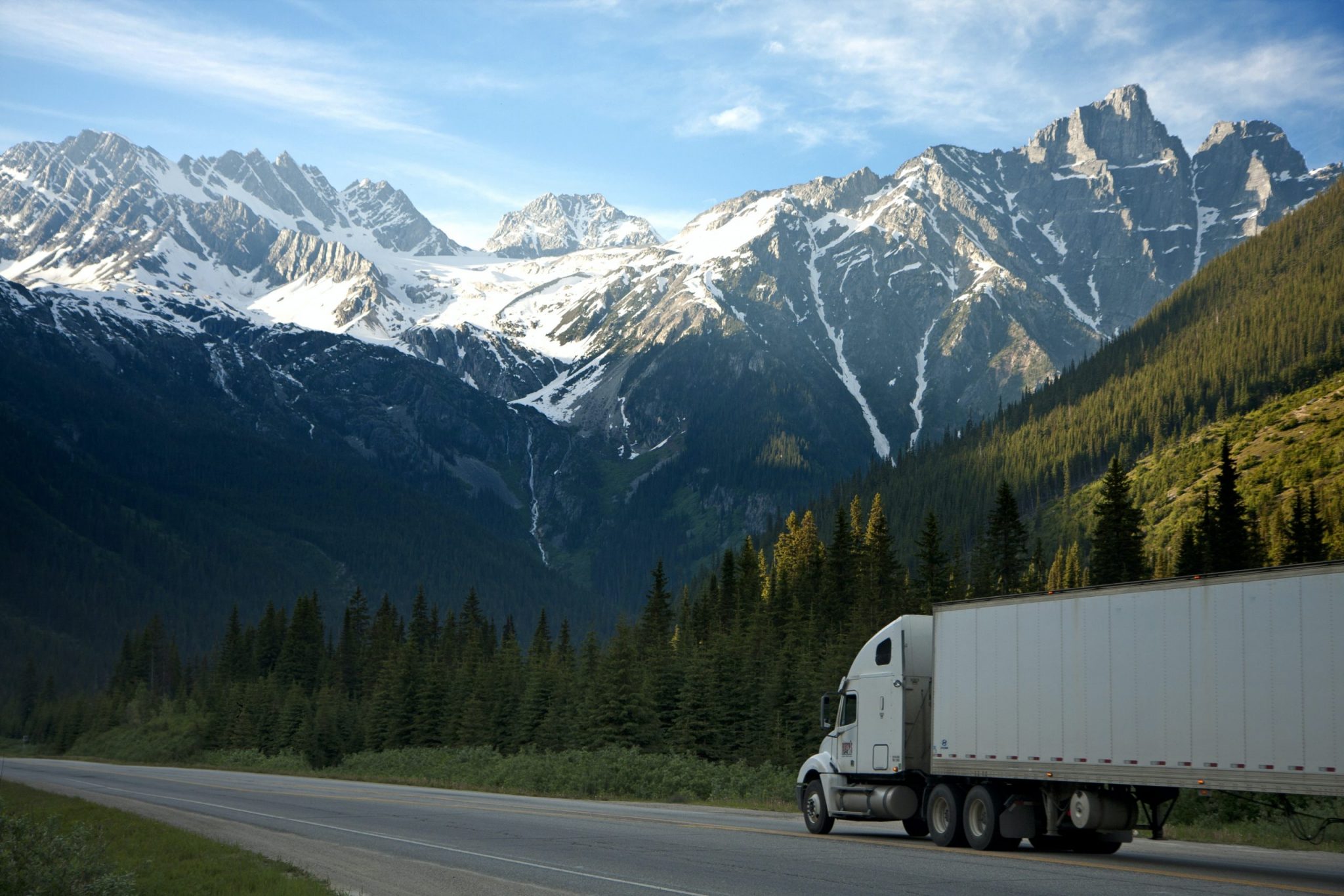As we navigate the highways and byways of the American landscape, we increasingly share our roads with the silent giants of commerce – the commercial truck. The symbiotic relationship between consumer society and these 80,000-pound behemoths of the interstate has never been more evident. However, as we enjoy the convenience of goods delivered to our doorstep, the alarming surge in trucking accidents can no longer be ignored.
Despite significant improvements in vehicle safety and roadway design, recent years have seen an unsettling trend – a stark rise in commercial trucking accidents. As per recent reports, the increase hasn’t merely been incremental but exponential, begging the question – what’s fueling this alarming escalation?
The Need for Speed
In a society where same-day delivery has become the norm rather than the exception, time is indeed money. The e-commerce boom has seen demand outpace supply, leaving trucking companies scrambling to keep up. This pressure trickles down to the truck drivers, who are often pushed to their limits to meet unrealistic deadlines. The result? Increased speeding, fewer rest breaks, and ultimately, more accidents.
The Technology Paradox
One might assume that advancements in technology would contribute to a safer transportation environment. On the contrary, the proliferation of in-cab distractions like GPS devices, tracking systems, and onboard computers has increased the cognitive load on drivers, contributing to accidents.
Moreover, the advent of autonomous trucks – once heralded as the savior of the trucking industry – hasn’t provided the safety boon initially expected. Technical glitches, combined with an underestimation of the complexity of human decision-making on the road, has led to a string of accidents that’s begun to erode public confidence in self-driving technology.
Aging Infrastructure
The infrastructure that supports our massive commercial transportation network is aging, and it’s struggling to keep up with the increasing volume of heavy traffic. Potholes, outdated signage, poorly maintained bridges, and insufficient rest areas only add to the challenges faced by truck drivers daily.
Experience Gap
The commercial trucking industry faces a severe driver shortage, leading companies to hire less experienced drivers. The skills gap between seasoned drivers and new recruits is significant. Rookie mistakes coupled with grueling hours on the road contribute substantially to the rise in accidents. Proving negligence in a truck accident has become the de-facto outcome of many court cases.
Legislative Limbo
Regulation has not kept pace with the changing landscape of the trucking industry. Current Hours of Service (HOS) rules, which govern how long truckers can drive without breaks, have faced criticism for being too lenient. Moreover, the ability to enforce these rules and penalize non-compliance has been questioned.
The Human Toll
Behind each statistic, there’s a human story of loss, trauma, and, occasionally, resilience. For those involved in these accidents, life may never be the same. But the impact extends beyond those directly involved – every accident reverberates through families, communities, and our economy.
The Road Ahead
It’s clear that to stem this rising tide of commercial trucking accidents, multi-pronged interventions are needed. This includes revisiting regulations, improving infrastructure, addressing driver shortages with proper training, and ensuring technology serves as an aid rather than a distraction. The task is not simple, but the cost of inaction is far too high.
To ensure the safe and efficient transportation of goods and the safety of everyone on the road, all stakeholders must come together. Only then can we hope to see a reversal of this disturbing trend, making our highways once again a safer place to navigate, for both the giants of commerce and the everyday driver.


